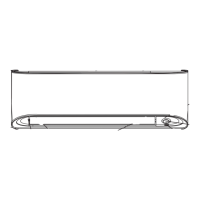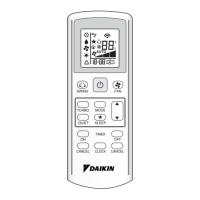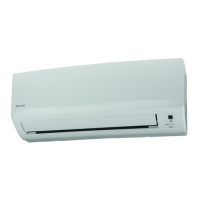L
leah85Aug 21, 2025
What to do if Daikin FTXB35C2V1B operation stopped suddenly and OPERATION lamp flashes?
- SsusanedwardsAug 21, 2025
If your Daikin Air Conditioner stops suddenly and the OPERATION lamp flashes, try the following: * First, clean the air filters. * If that doesn't work, turn the breaker off, remove any obstacles, and turn it back on. * If the lamp continues to flash after these steps, it is recommended to contact the service shop where you purchased the air conditioner.






